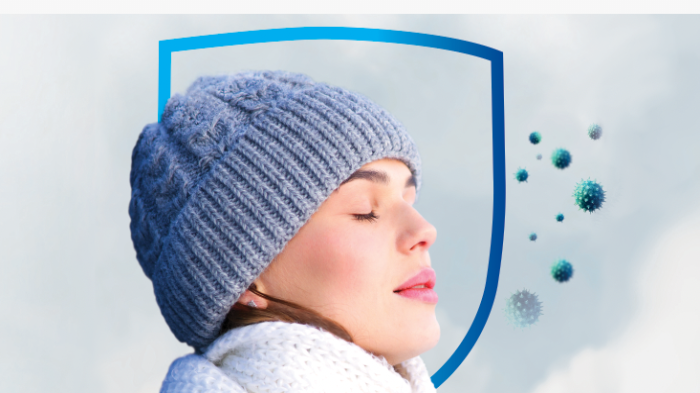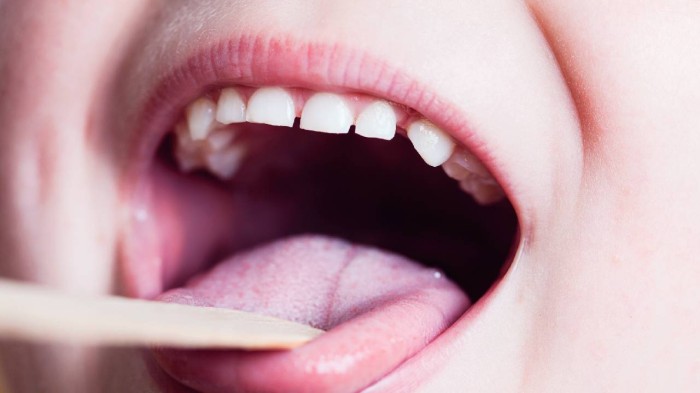In Clinical
Let’s get clinical. Follow the links below to find out more about the latest clinical insight in community pharmacy.Bookmark
Q. What is Strep A?
Group A Streptococcus (‘Strep A’ or GAS) is a common pathogen, normally carried asymptomatically in the upper respiratory tract or on the skin. Although it usually causes only mild illness, it is the causative organism for ‘strep throat’ and can also cause scarlet fever, impetigo, toxic shock syndrome, cellulitis and necrotising fasciitis. Many people have been exposed to or infected by the organism already but reinfection does not usually occur.
Q. How serious/deadly is Strep A infection?
While many people experience only a mild illness, some will develop more serious conditions such as scarlet fever or, rarely, invasive GAS (iGAS) affecting normally sterile sites such as blood or deep tissues. This can lead to pneumonia, sepsis and toxic shock with organ failure.
Invasive GAS appears to have been the cause of the recent tragic deaths of children with Strep A infections. A few people develop post-infectious complications (e.g. rheumatic fever with secondary aortic and mitral valve injury and glomerular nephritis).
Children commonly experience skin peeling on the fingers and toes after scarlet fever. This is not a serious complication.
Q. Why are we seeing increased numbers of Strep A infections now?
GAS is an opportunistic pathogen. Young children tend to be most susceptible and now many of these are being exposed to this organism for the first time (having been sheltered by Covid-19 social restrictions for several years). GAS is highly infectious and is spreading rapidly in this group.
During winter months upper respiratory viral infections are common and a Strep A infection may follow a viral respiratory illness.
Q. How does it spread?
Coughs and sneezes (droplets), close contact with infected persons and via fomites – thus hand hygiene is important for infection control. It is also important to avoid contact with the mucus and saliva of infected individuals (e.g. by not sharing glasses, plates or other utensils).
Q. What are the signs and symptoms of GAS infections?
Many children will have only mild symptoms that tend to resolve without antibiotic treatment. The incubation period varies between one and seven days. The most common symptoms are:
- Sore throat and fever
- Yellowish-white spots on the tonsils; may also have red spots on the palate
- Painful, swollen glands in the neck
- Cough and runny nose are NOT usually present.
Some children will develop scarlet fever. They will have the same sore throat and fever but also:
- A red, generalised, pinhead rash spreading from the trunk; feels like sandpaper
- Flushed cheeks; white-coated or ‘strawberry’ tongue.
Q. How can I distinguish between GAS and other infections?
If a child has a runny nose together with a sore throat/tonsillitis, a diagnosis of strep throat is less likely. If a child does not have all the features listed above, they are unlikely to have scarlet fever.
Q. How should GAS infections be treated?
Not every child with a sore throat needs penicillin (phenoxymethylpenicillin) – many will resolve with simple measures (rest, fluids, paracetamol, hand/respiratory hygiene). Scarlet fever should be treated with an antibiotic to shorten the illness and limit transmission to others.
The current prescribing guidance advises:
- Sore throat: a five-day course of phenoxymethyl penicillin. For children with penicillin allergy: a five-day course of clarithromycin
- Scarlet fever: a 10-day course of phenoxymethyl penicillin. For children with penicillin allergy: a 10-day course of clarithromycin.
Due to problems with antibiotic supply Serious Shortage Protocols have been introduced to allow pharmacists to supply different formulations or alternative antibiotics – amoxicillin, macrolides, flucloxacillin and cefalexin, in order of preference – when phenoxymethylpenicillin is not available.
Prescribers are asked to continue to prescribe the recommended phenoxymethylpenicillin treatment (so that community pharmacists can follow the SSP).
Q. Should contacts be treated?
If a child has been in close contact with a case of scarlet fever or strep throat, they do not need to be treated with antibiotics unless they are showing signs of infection (severe tonsillitis with fever in the absence of a runny nose or signs of scarlet fever).
At present, prophylactic treatment of scarlet fever contacts is not recommended.
Prophylactic antibiotic treatment may be required for close contacts of iGAS infections, including neonates, women within 28 days of delivery and pregnant women from 37 weeks’ gestation.
Q. Is isolation required?
A child is no longer infectious after 24 hours of antibiotic treatment and can go back to school/nursery if they feel well enough. If scarlet fever is not treated with antibiotics, it can remain infectious for two to three weeks after symptoms appear.
Q. How will I know the treatment is working?
In scarlet fever, the sore throat and fever often last for three to six days and the rash usually improves within a week. Antibiotics reduce the duration of fever/sore throat by about one day.
If a child fails to improve on treatment (e.g. becoming lethargic or agitated), they may need medical attention. A list of red/amber/green signs and symptoms1 shows what to look out for to identify a child with possible invasive Group A Strep or other complications.
Q. Is GAS infection a notifiable disease?
When GAS causes scarlet fever, it is a notifiable disease. As mentioned, very rarely GAS invades blood or deep tissue, but these cases of invasive GAS are notifiable.
Useful resources & information
Sponsored
 Sponsored education
Sponsored education
The role of nasal cleansing in protecting against colds and flu
Learning for the pharmacy team
 Sponsored education
Sponsored education
A different approach to pain
Complete this interactive video to rethink your pain recommendations and ensure you offer every customer the most appropriate advice


Record my learning outcomes